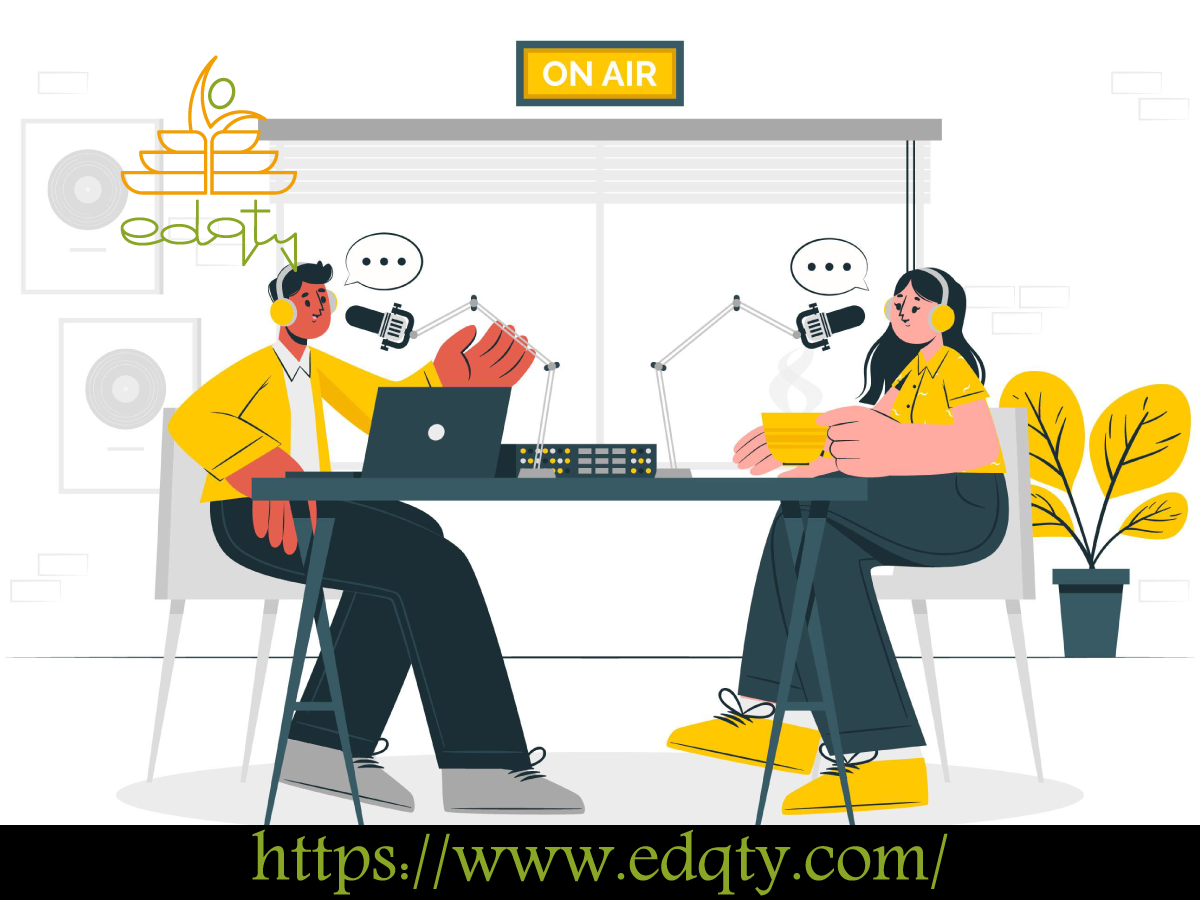Podcasts in Education: How Audio Learning Transforms the Class

In a world dominated by screens, podcasts offer a powerful and refreshing way to engage students. This guide explores why audio learning is a game-changer for building literacy and critical thinking skills, and how you can easily bring the power of podcasts into your classroom.
By turning learning into a captivating listening experience, podcasts help students build essential skills, explore diverse perspectives, and develop a deeper connection to the curriculum—all without adding to screen time.
The Power of Listening: Why Audio Learning Works 🧠
Listening isn’t a passive activity; it’s a foundational skill for all learning. Research shows that strong listening comprehension is directly linked to strong reading comprehension, especially in middle school and beyond. Here’s why it’s so effective:
- Builds Mental Imagery: When students listen to a story, their brains create a “movie in the mind,” engaging the same neural pathways used to process real-life experiences. This deepens their connection to the material.
- Boosts Vocabulary: Hearing words used in context is one of the best ways to learn new vocabulary and understand grammar and sentence structure naturally.
- Provides Equal Access: In a diverse classroom, every student hears the same complex text, regardless of their individual reading level. This creates an inclusive learning environment.
- Improves Focus: Audio-based learning requires focused attention, training students to concentrate and absorb information more effectively.
Why Podcasts are a Perfect Tool for the Classroom 🎧
Podcasts take the benefits of audio learning and package them in an accessible and highly engaging format.
- Engaging and Entertaining: Many educational podcasts are designed by storytellers and comedians to be fun and captivating, sparking natural curiosity.
- Screen-Free and Flexible: Podcasts don’t require students to be glued to a screen. They can listen during quiet time, art projects, or even while tidying up the classroom.
- Teaches Current Events: News-focused podcasts make it easy to discuss real-world issues in a way that is accessible and age-appropriate.
- Encourages Critical Thinking: Podcasts introduce students to diverse perspectives and complex topics, prompting them to ask questions, draw conclusions, and think critically about what they hear.
- Supports Student Well-being: Mindfulness podcasts offer guided breathing exercises and reflective moments, helping to create a calm and focused classroom atmosphere.
How to Integrate Podcasts into Your Lessons 👩🏫
Bringing podcasts into your classroom is easier than you think. Follow this practical guide to get started.
1. Choose the Right Podcast
Align your podcast choice with your curriculum goals and the time you have available.
- For Quick Warm-Ups (5-10 minutes): Use short-form podcasts to practice a specific skill or introduce a new topic.
- For Deeper Dives (15-25 minutes): Use medium-length episodes as the anchor for a lesson in science, history, or literature.
- For Differentiated Learning: Use platforms like Listenwise, which edit longer stories into shorter, classroom-ready clips complete with transcripts and quizzes.
2. Create Listening Activities
Structure the listening time to keep students actively engaged.
- Listening Centers: Set up stations where small groups can listen with headphones while others work on different tasks.
- Graphic Organizers: Provide simple worksheets for students to jot down main ideas, new vocabulary, or questions they have.
- Turn and Talk: Pause the podcast at key moments and have students discuss what they’ve heard with a partner.
3. Overcome Common Challenges
- Tech Issues: Download episodes in advance to avoid problems with unreliable internet.
- Student Distraction: Start with short episodes and explicitly teach active listening strategies.
- Time Constraints: Use podcasts during transitional moments, as a “do now” activity, or as an optional homework assignment.
Where to Find Great Educational Podcasts ✅
Finding high-quality, kid-friendly podcasts is simple with these resources:
- Kids Listen: A non-profit organization with a free app that curates excellent podcasts for kids, searchable by age and topic. They also offer lesson plans.
- Listenwise: A platform designed for schools (grades 2-12) that offers a huge library of curriculum-aligned audio stories from NPR and other sources, complete with interactive transcripts and quizzes.
- School Library Journal: Their “Kidcasts” column provides themed lists of recommended podcasts, making it easy to find great content for topics like Black History Month or poetry.
- Pinna: An ad-free, subscription-based service with a large library of exclusive, high-quality audio content for kids ages 3-13.
Recommended Podcasts for Your Classroom:
- For News & Current Events: KidNuz, The Ten News, Newsy Pooloozi.
- For Science: Tumble, a science podcast for kids.
- For Storytelling & Literature: Book Club for Kids, Buttons & Figs, Stoopkid Stories.
- For History: What Will She Do Next?
By thoughtfully incorporating podcasts, you can enrich your teaching, meet educational standards, and foster a love of learning in a new and exciting way.
Disclaimer:
This guide is intended to provide general ideas, strategies, and resources for incorporating podcasts into your teaching practice.
The suitability of any specific podcast, platform, or activity depends on your students’ age, maturity level, and curriculum goals. We encourage you to always preview content and use your professional judgment to select resources that are appropriate for your classroom and school environment.
Please note that we are not responsible for the content, availability, or policies of the third-party websites, apps, and podcasts mentioned in this article. These external resources may change over time. The recommendations provided are for informational purposes to aid your search for quality educational materials.


